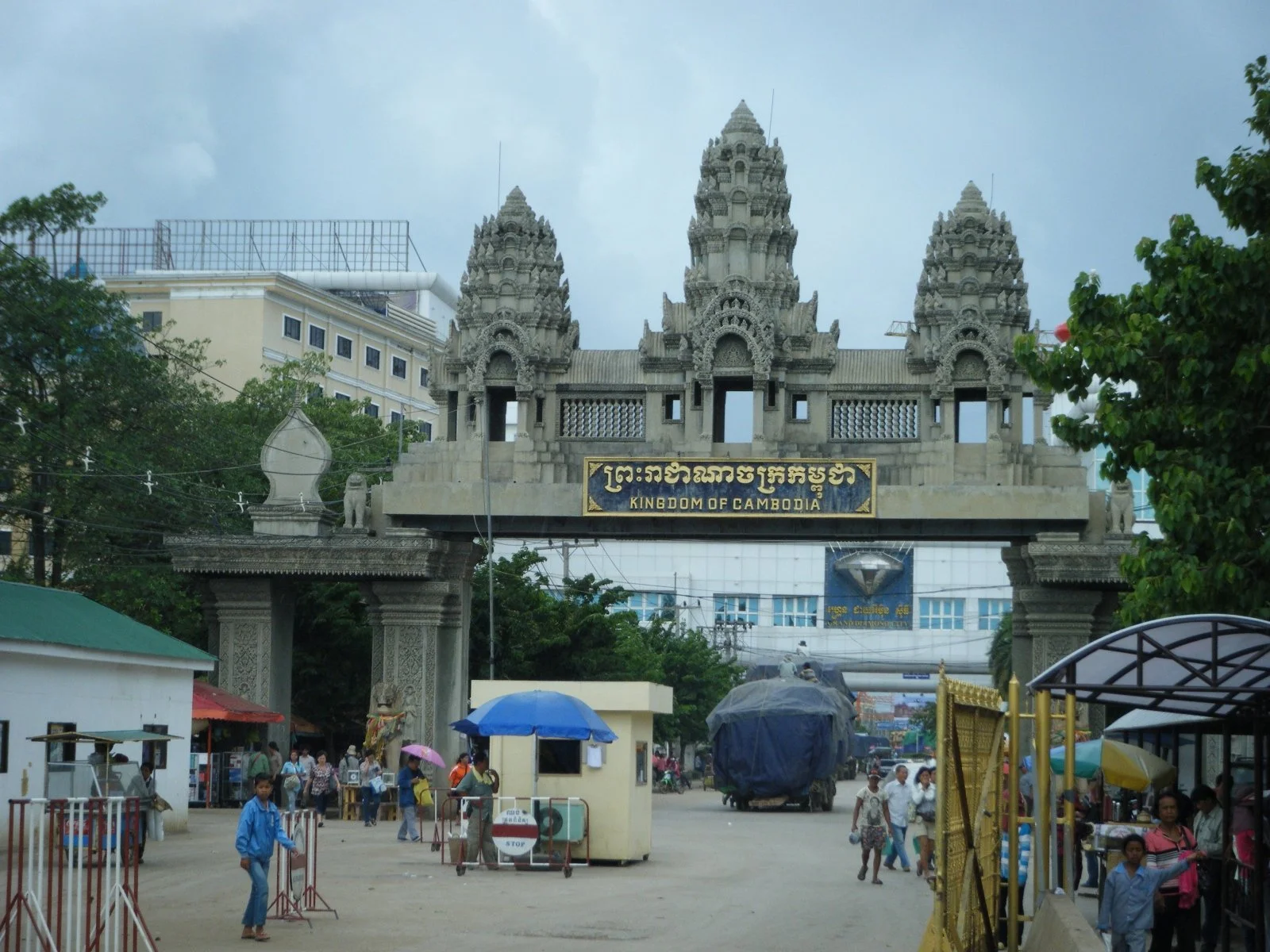Thailand-Cambodia Border Clashes: A Critical Test for Regional Stability
Yirong Han | 6 August 2025
Summary
The 2025 Thailand-Cambodia border conflict, rooted in colonial-era disputes and the Preah Vihear temple, escalated into direct armed confrontation on 24 July 2025 following skirmishes and landmine incidents. A ceasefire was announced and implemented on 28 July 2025.
This crisis has undermined diplomatic relations, caused significant civilian displacement and casualties, heightened regional tensions, and disrupted bilateral trade and tourism, critically challenging ASEAN’s regional stability.
The conflict’s long-term trajectory will highly likely prompt a high impact re-evaluation of regional security and geopolitical realignment, intensifying external power competition and fragmenting Southeast Asia’s security landscape.
On 24 July 2025, the long-standing border dispute between Thailand and Cambodia escalated into direct armed conflict, marking the deadliest confrontation in over a decade. Centred along the 800-km border, the conflict rapidly intensified from small arms fire to heavy shelling and airstrikes. This enduring dispute is shaped by imprecise colonial-era treaties, particularly the 1907 map drawn under French rule, which established ambiguous borderlines. Central to this contention is the 11th-century Preah Vihear temple, whose ownership was awarded to Cambodia by the International Court of Justice (ICJ) in 1962 and reaffirmed in 2013, despite ongoing Thai claims to the surrounding land.
Previous escalations, such as the 2008 clashes, underscore the persistent volatility. The 2025 escalation was triggered by a series of incidents, including a patriotic song event in February, a fatal skirmish in May, and landmine incidents in July, which injured Thai soldiers, leading to mutual accusations. Following recent mediation efforts by United States (US) President Donald Trump, a ceasefire was announced on 28 July 2025, partly due to his warning that trade deals with Washington would be withheld without one. However, border clashes have continued despite diplomatic efforts, highlighting the fragility of the agreement.
The conflict has caused substantial domestic political ramifications in Thailand, causing political disarray. The suspension of Prime Minister Paetongtarn Shinawatra highlights deep distrust between her party and the military, potentially prolonging the conflict as the government maintains a hardline stance. Her suspension by the Constitutional Court was directly linked to an unethical violation stemming from a leaked phone call from former Cambodian Prime Minister Hun Sen, which occurred amidst the border dispute and was perceived as undermining national interests, fuelling public discontent. This perceived undermining fuelled significant protests in Bangkok denouncing Shinawatra.
Thailand declared martial law in 8 border districts on 25 July 2025, and both nations remain on high alert, with Cambodia reviving a mandatory military draft. The deployment of advanced weaponry, including F-16s and BM-21s, highlights military capabilities. Reports of Chinese-supplied missiles to Cambodia suggest potential external influence on regional arms dynamics, risking a regional arms race if the conflict persists. While a full-scale war is unlikely, the risk of further escalation remains. Concerns regarding international humanitarian law persist, with the ongoing danger of unexploded ordnance (UXO) acting as continuous triggers for hostilities. Approximately 100 people have been killed to date, and over 135,000 civilians are currently displaced or evacuated from the areas near the conflict zones.
Bilateral diplomatic relations have collapsed, with mutual ambassador recalls and sealed land crossings, creating obstacles for direct resolution. The conflict serves as a critical test for the Association of Southeast Asian Nations (ASEAN), whose structural limitations, rooted in non-interference and consensus, hinder effective mediation, potentially diminishing its regional relevance. High civilian casualties and war crime accusations raise the stakes, increasing the likelihood of external intervention. The conflict has severely disrupted bilateral trade and supply chains, with all border crossings closed. This halted 2024 trade worth THB 174.53b (USD 5.38b) and impacted USD 1.2b in annual trade, increasing transportation costs by 30%. This highlights regional supply chain vulnerability, compelling businesses to integrate geopolitical risk into their resilience strategies.
gary4now/Wikimedia
Forecast
Short-term (Now - 3 months)
The border region is highly likely to remain highly volatile in the coming months, with intermittent violence and accusations of ceasefire breaches expected. This carries a high impact on regional stability.
The humanitarian crisis will likely persist, with civilian displacement and urgent needs for food, shelter, and medical assistance remaining pressing.
Medium-term (3-12 months)
The border has a realistic possibility of evolving into a long-lasting low-intensity conflict zone unless both governments prioritise de-escalation and establish transparent mechanisms for crisis resolution.
Long-term (>1 year)
The conflict could likely prompt ASEAN member states to explore or strengthen alternative security arrangements, leading to a more fragmented regional security architecture. This would have a very high impact on regional integration.
This regional re-evaluation mirrors broader trends across Asia, such as the proposed China-Pakistan-led regional bloc in South Asia, underscoring a growing inclination among states to seek economic and security resilience through diversified partnerships. This carries a very high impact on the broader Indo-Pacific strategic landscape.



